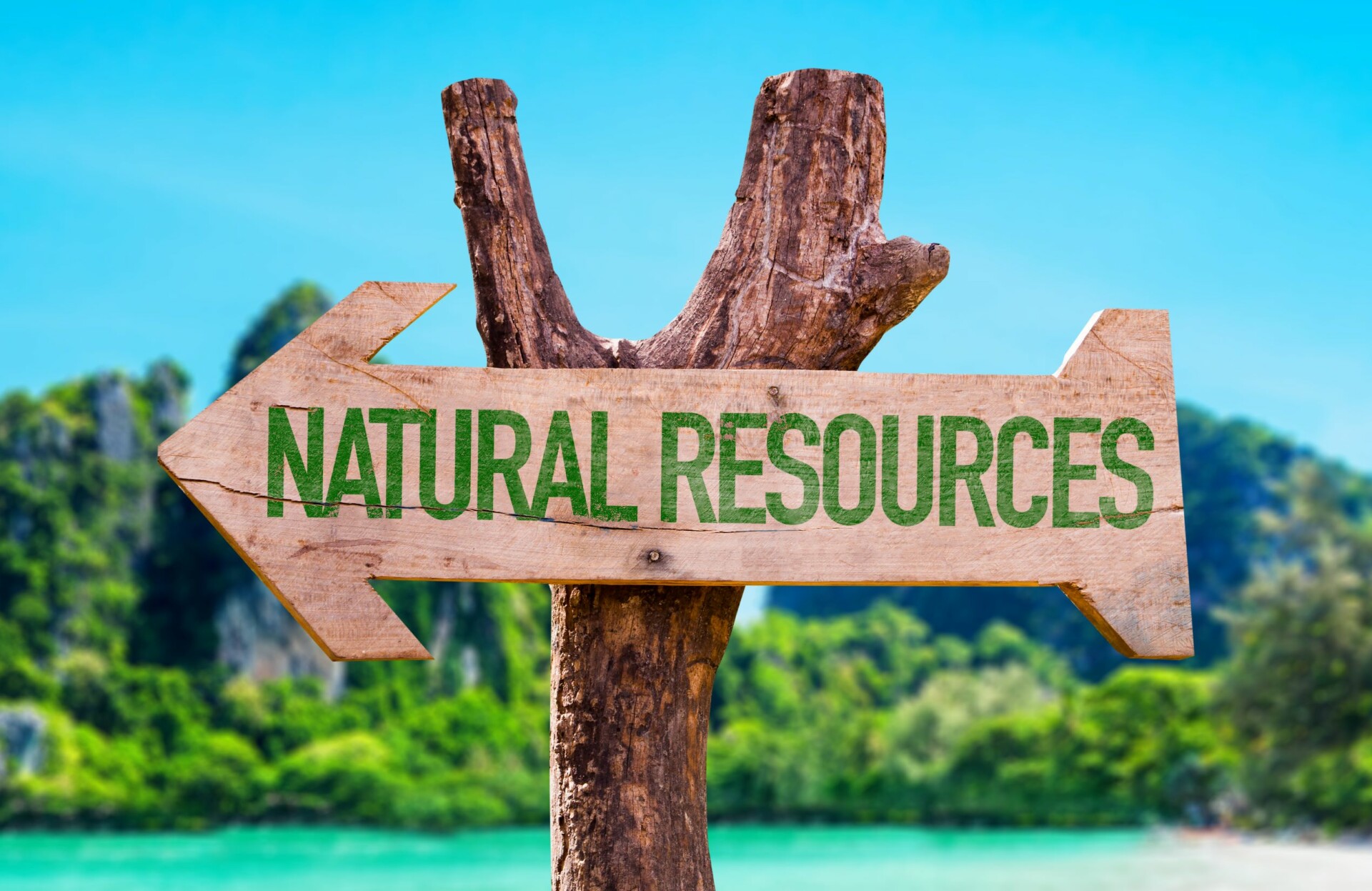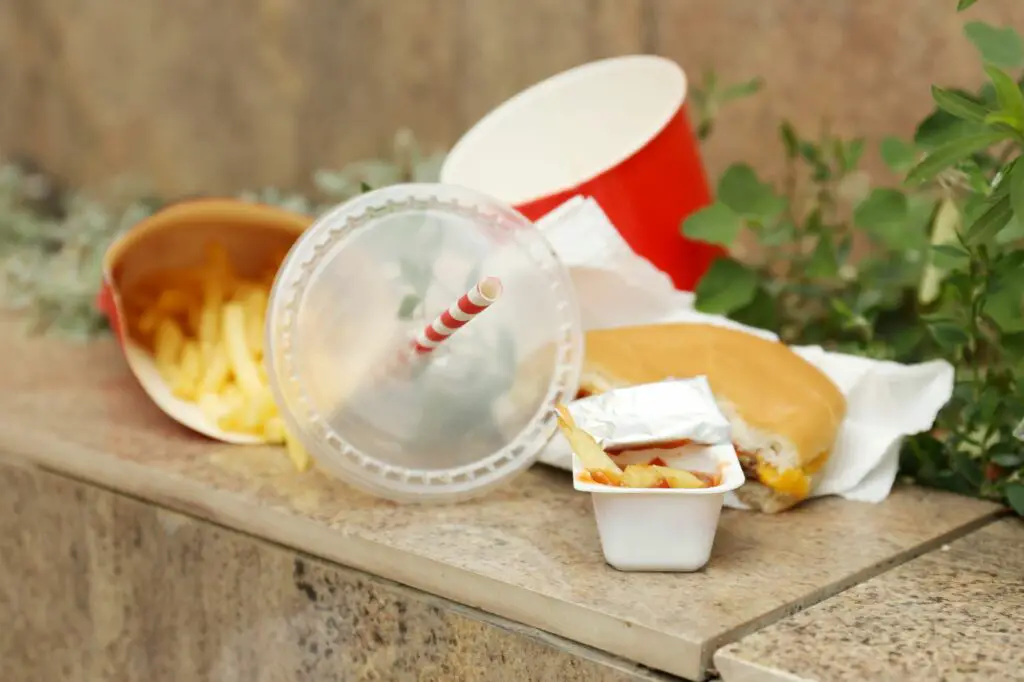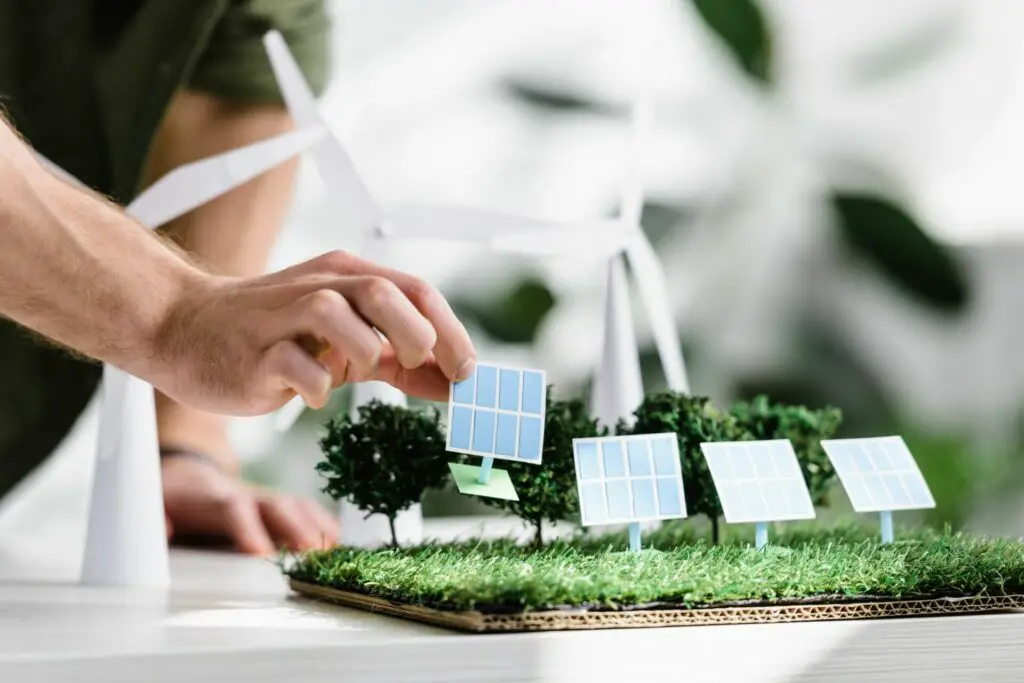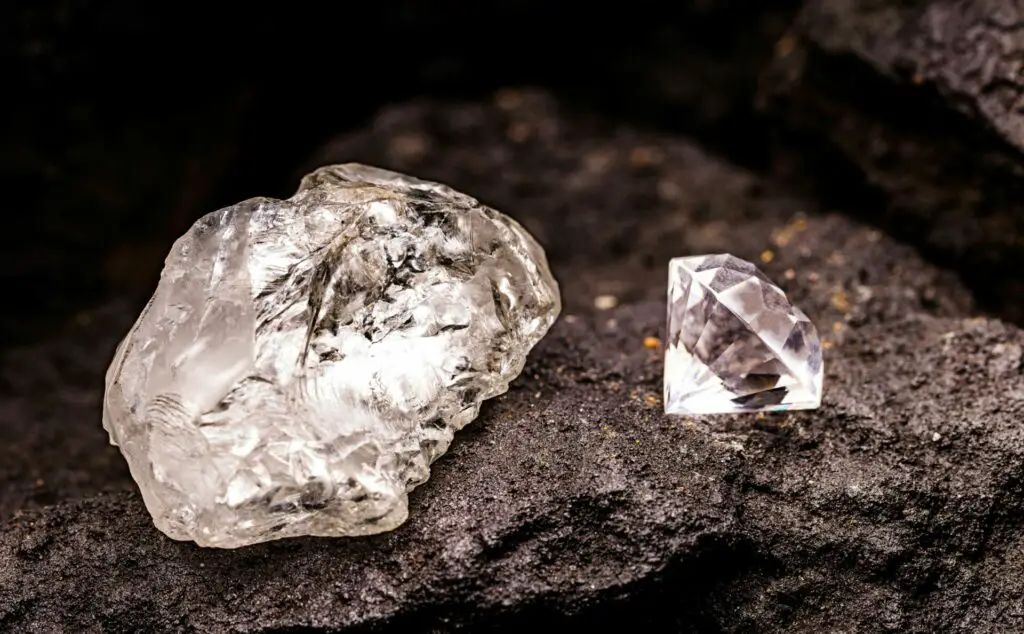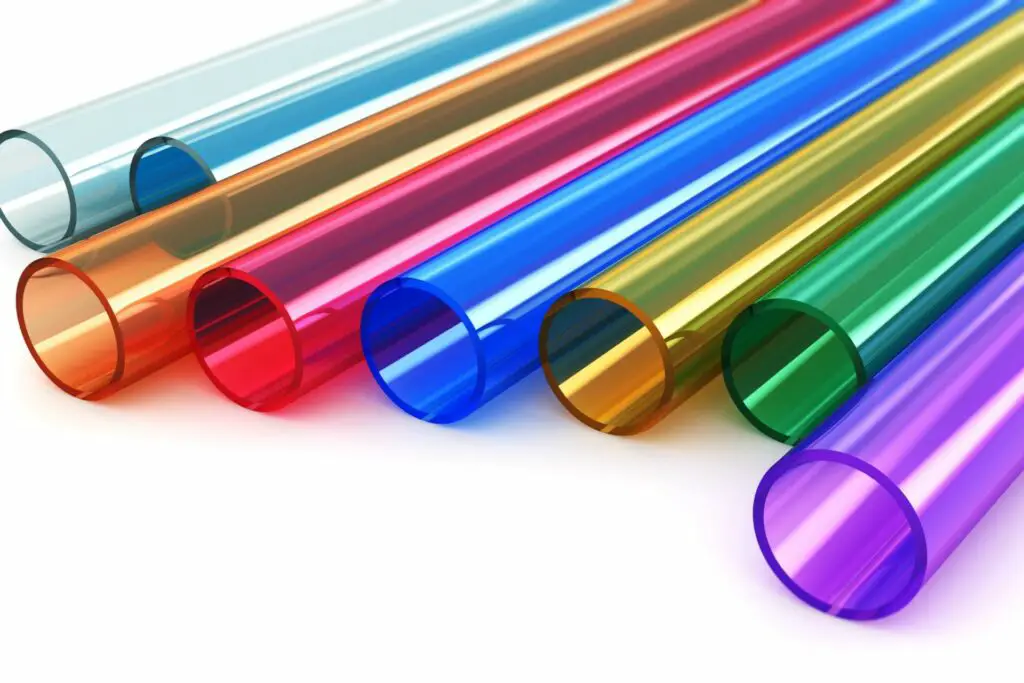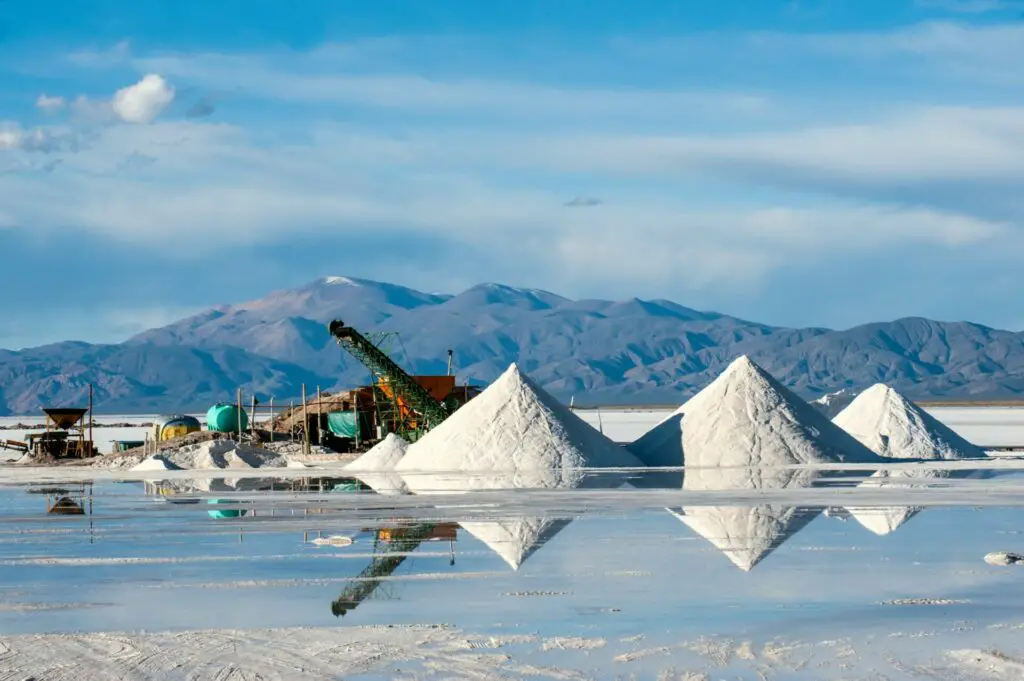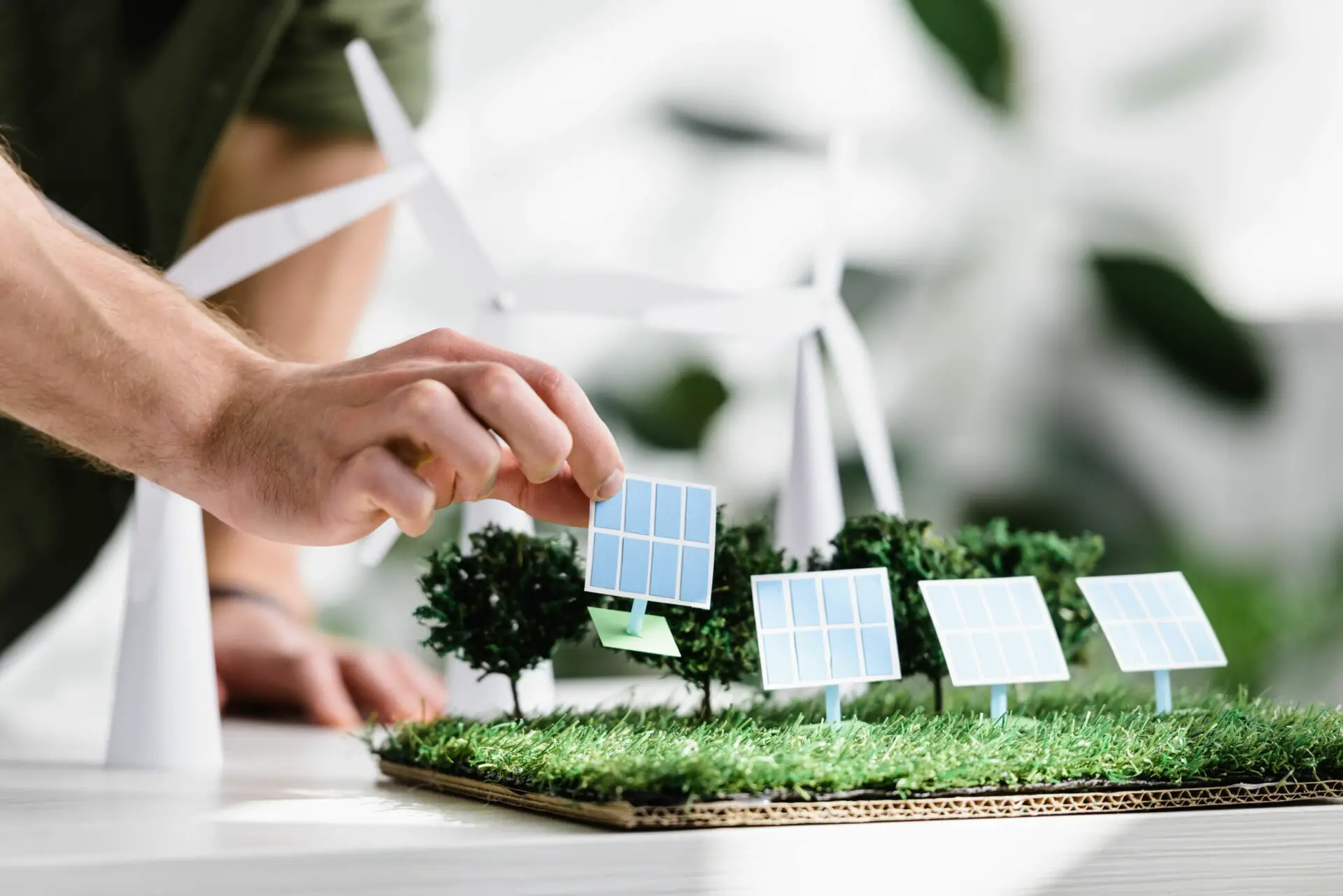When it comes to sustainability, you might hear concerns about natural resources come up in conversation.
Many people assume natural resources are eco-friendly by default or that they are all renewable, but this is not always the case.
Poor use of natural resources can disrupt the ecosystem, accumulate waste, and even contribute to the climate crisis, so these resources must be used sustainably.
Why Sustainable Use of Natural Resources Is Important
1. They Can Be Energy Intensive
Natural resources come from nature and generally do not need to be modified much to be used, which is why many people think these resources are naturally eco-friendly.
For example, plants, water, wind, and animals are natural resources.
Natural gas, stone, petroleum oil, and metal can even be considered natural resources, but these are exhaustible natural resources, meaning they are non-renewable.
Generally, metal is mined as metal ore, not pure metal, which means the metal needs to be processed to remove the other components.
So in instances like this, it takes a lot of energy and resources to convert metal ore into usable products.
Smelting can be energy intensive, and as most energy use in the is not from renewable resources, this is not a very sustainable practice.
Not to mention, the smelting process can release emissions and even the likes of lead and arsenic.
So, despite metal being a natural resource, this point illustrates how converting these resources into usable forms is not always sustainable.
The good news is that there have been moves for the metal industry to use more sustainable technology when it comes to smelting and metal production.
2. They Are Not All Renewable
Not all natural resources are renewable resources.
For example, while metal, petroleum, and stone come from the Earth’s crust, they are in limited supply, which means they will run out one day.
But, other natural resources, like trees, plants, and animals, can be replenished – but renewable does not mean a resource will never run out if it is managed poorly.
For example, trees mature quite slowly.
It can take up to 40 years for softwood trees to mature and 50 to 100 years for hardwood trees.
Likewise, animal populations cannot bounce back if they are hunted to extinction.
So sustainable use of natural resources means considering how these sources will replenish themselves.
3. Unsustainable Use Can Damage the Ecosystem
A resource being natural doesn’t mean it can be sourced anyway we please; we need to consider the impact it will have on the surrounding environment.
Natural resources are usually part of their own eco-system, and altering that can have a larger impact than anticipated.
This is especially true for natural resources coming from plants and animals.
For example, overhunting mink for fur would meddle with the ecosystem.
Because the less mink there are feeding on smaller animals, the larger those populations can grow, which can cause overpopulation or put a strain on food and shelter resources.
Another example is how mine sites are often left unfilled and can cause soil and rock instability.
This change to the land can force animals to relocate to find shelter, which can force them into an unsuitable environment, or they may disrupt the ecosystem in a new environment.
4. Waste Still Needs to Be Managed Responsibly
Again, a natural resource does not mean it doesn’t generate waste or that the waste is biodegradable and compostable by default.
Plants and wood may be biodegradable and compostable, but stone and metal ore are not.
The sun and wind might be considered natural resources to use as energy, but systems need to be put in place to harness them.
So, not only does it require energy and resources to build wind turbines and solar panels, but these structures don’t last forever.
They are also typically made from metals and plastics, which, again, are non-renewable and do not biodegrade.
It’s important to note that while plastic can be made from natural resources, it is not considered a natural resource since plastic is not a natural substance found on Earth.
Wind turbines can last 25 years. Most of the turbines can be recycled, except the blades are difficult to recycle, so this can accumulate huge volumes of waste.
Less than 10% of solar panels are recycled in the US.
So this can also accumulate huge amounts of waste and cause environmental harm as some solar panels contain lead – which can leach into the environment from landfills.
In the environment, lead can reduce biodiversity, harm animals, and decrease the reproduction rates of plants and animals. It is also extremely harmful to human health.
So the use of these natural resources is not as green as consumers initially think if they are not disposed of sustainably.
5. Use Can Contribute to the Climate Crisis
As mentioned earlier, managing natural resources poorly can interfere with the ecosystem.
On a more worrying level, it can also accelerate the climate crisis.
Most people are aware of how trees store CO2 and release oxygen, so fewer trees can accelerate climate change.
But most people might not be aware of how other resources can have a similar effect.
For example, whales can accumulate carbon in their bodies throughout their life, and their excrement can also provide fertilizer for phytoplankton blooms, which also absorb CO2.
So, whale hunting can do more than decrease whale populations; it can make the climate crisis worse as there are fewer whales and phytoplankton to store CO2.
So, reckless use of natural resources can have a bigger environmental impact than initially planned.
6. They Don’t All Naturally Have a Low Environmental Impact
Again, a natural resource is not always renewable and can have a pretty significant impact on the environment.
For example, wood is considered sustainable since it is renewable, natural, and is mostly used in its natural form, whereas petroleum is converted into plastic and metal ore into metals.
Approximately 4.5% of greenhouse gas emissions globally can be traced back to plastic production, and 10% are from metal production.
Mining also releases hazardous substances into the environment and can harm flora and fauna in the area.
So, these sources still need to be handled responsibly to minimize their environmental impact.
7. We Cannot Live without Them
There are many natural resources humans simply cannot live without, so sustainable use is important to ensure that does not happen.
We cannot live without food, water, and oxygen.
So, if the bees went extinct due to air pollution and loss of habitat, humans would struggle to feed themselves as many crops would go unpollinated.
Most of the Earth’s oxygen also comes from marine plants.
So extreme deforestation paired with litter and rising temperatures interfering with ocean health would be a major concern for the survival of life on Earth.
You Might Also Like…
- Is Fast Food Bad for the Environment? (& What You Can Do)
- Is Fabric Softener Bad for the Environment? (+5 Eco-Friendly Options)
- Is Fuel Dumping Bad for the Environment? (& How Often It Happens)
- Is Electricity Generation Bad for the Environment? (What You Should Know)
- Is Dry Cleaning Bad for the Environment? (4 Surprising Facts)
- Is Diamond Mining Bad for the Environment? (Important Facts)
- Is DEET Bad for the Environment? 4 Effects (You Should Know)
- Is Cat Litter Bad for the Environment? (5 Common Questions)
- Is Burning Cardboard Bad for the Environment? (6 Facts)
- Is Burning Paper Bad for the Environment? (6 Surprising Facts)
- Is Burning Leaves Bad for the Environment? (7 Quick Facts)
- 4 Natural Cleaners for Quartz Countertops
- 6 Eco-Friendly Acrylic Paint Brands (For Sustainable Artists)
- 5 Eco-friendly Alternatives to Acrylic Paint (& How to Make Them)
- Is Acrylic Paint Bad for the Environment? (7 Quick Facts)
- Is Acrylic Yarn Bad for the Environment? 8 Crucial Facts
- Is Acrylic Bad for the Environment? (8 Quick Facts)
- Is Aluminum Foil Bad for the Environment? 7 Quick Facts
- Is Bleach Bad for the Environment? 6 Crucial Facts
- Is Lithium Mining Bad for the Environment? 6 Crucial Facts

